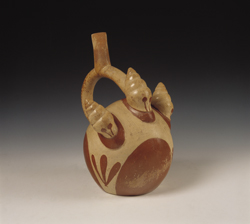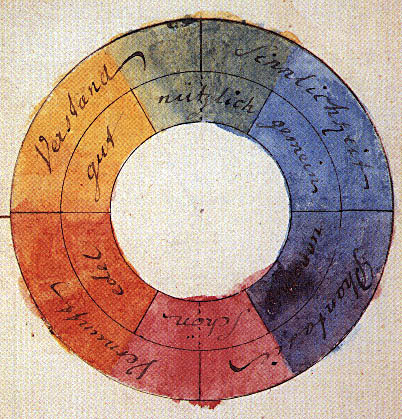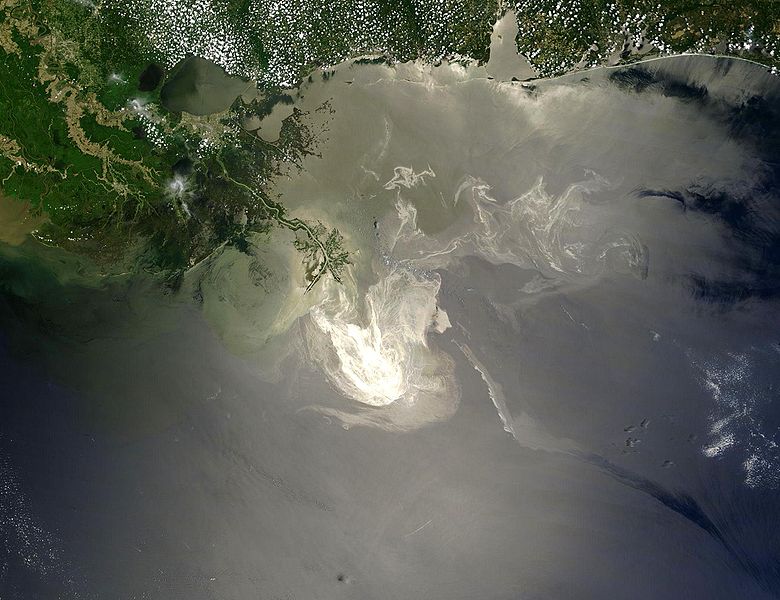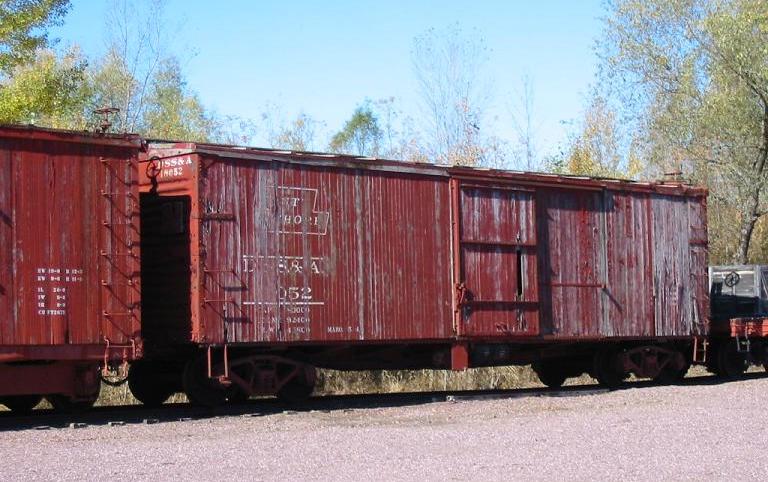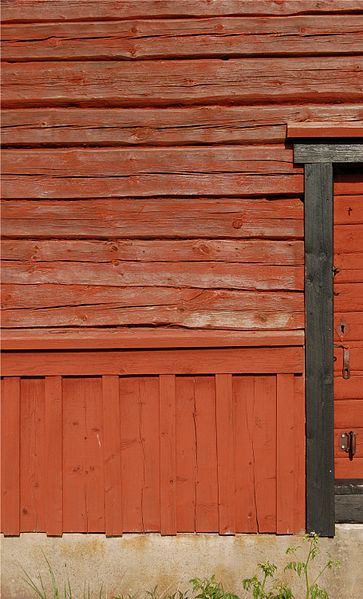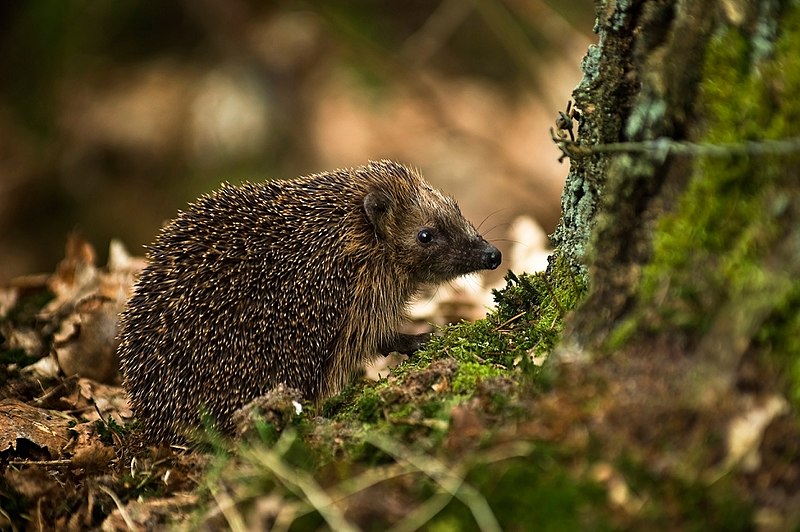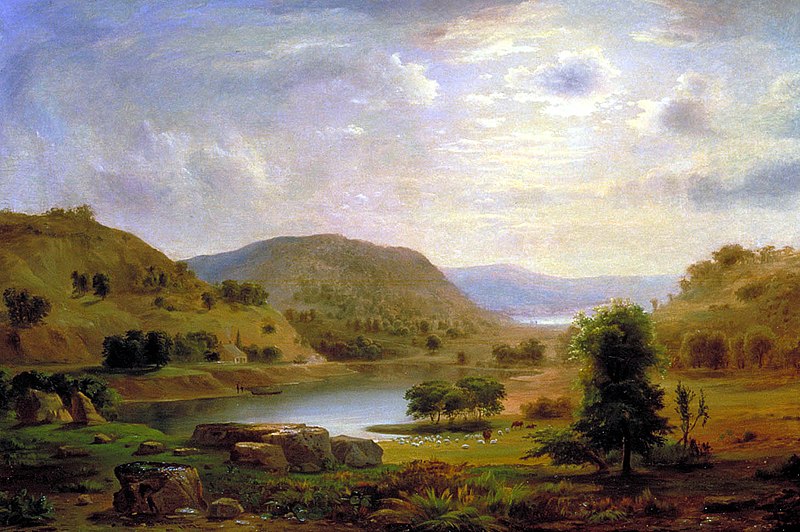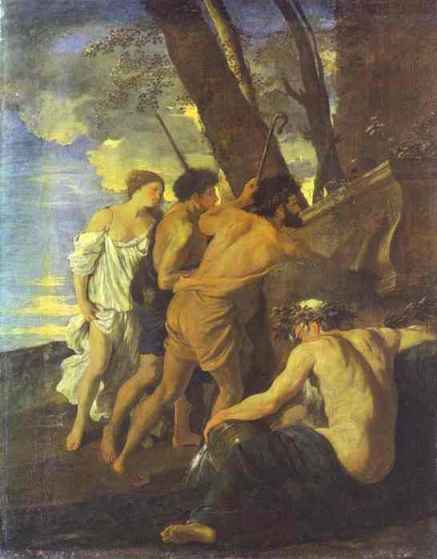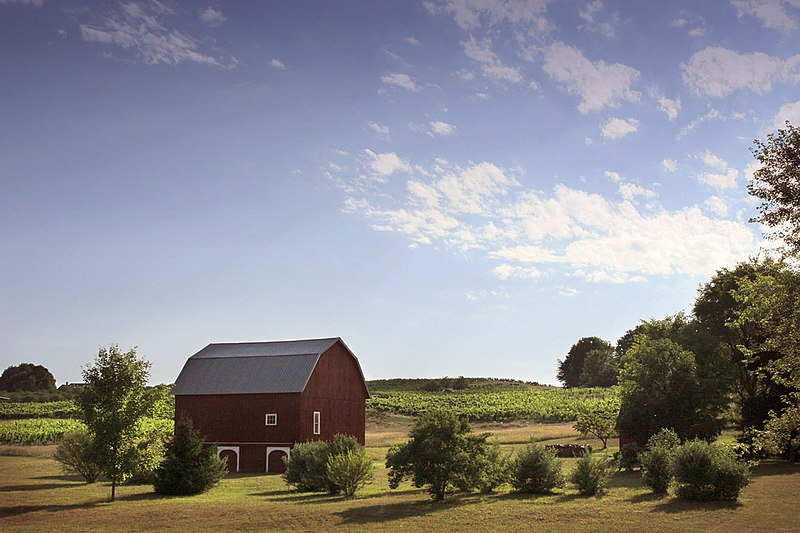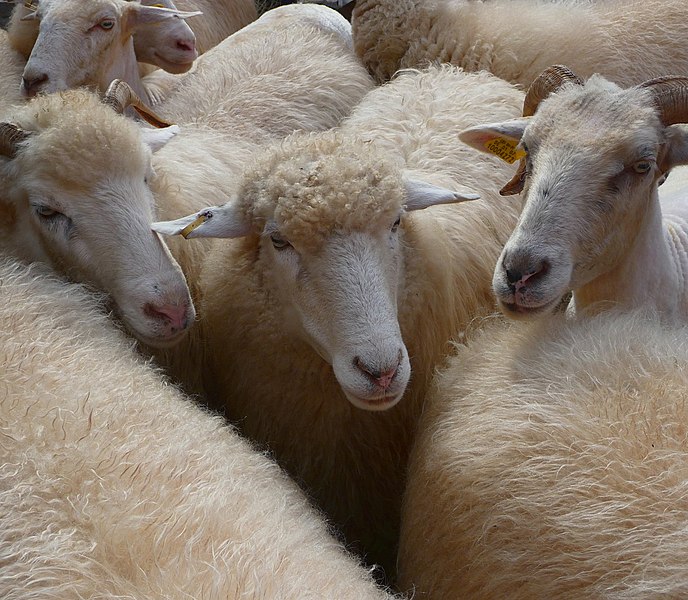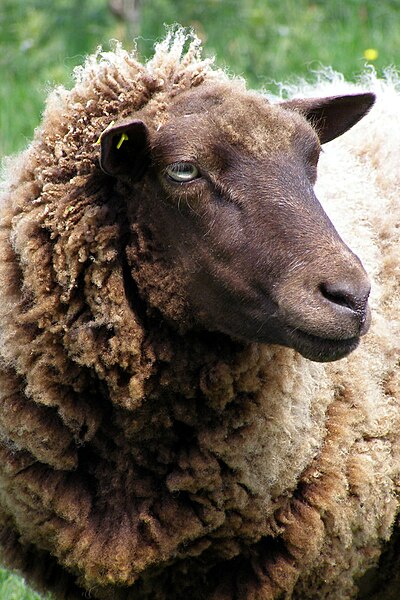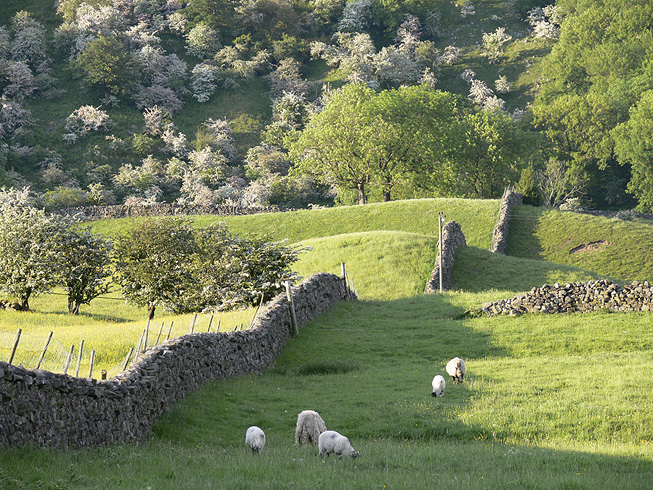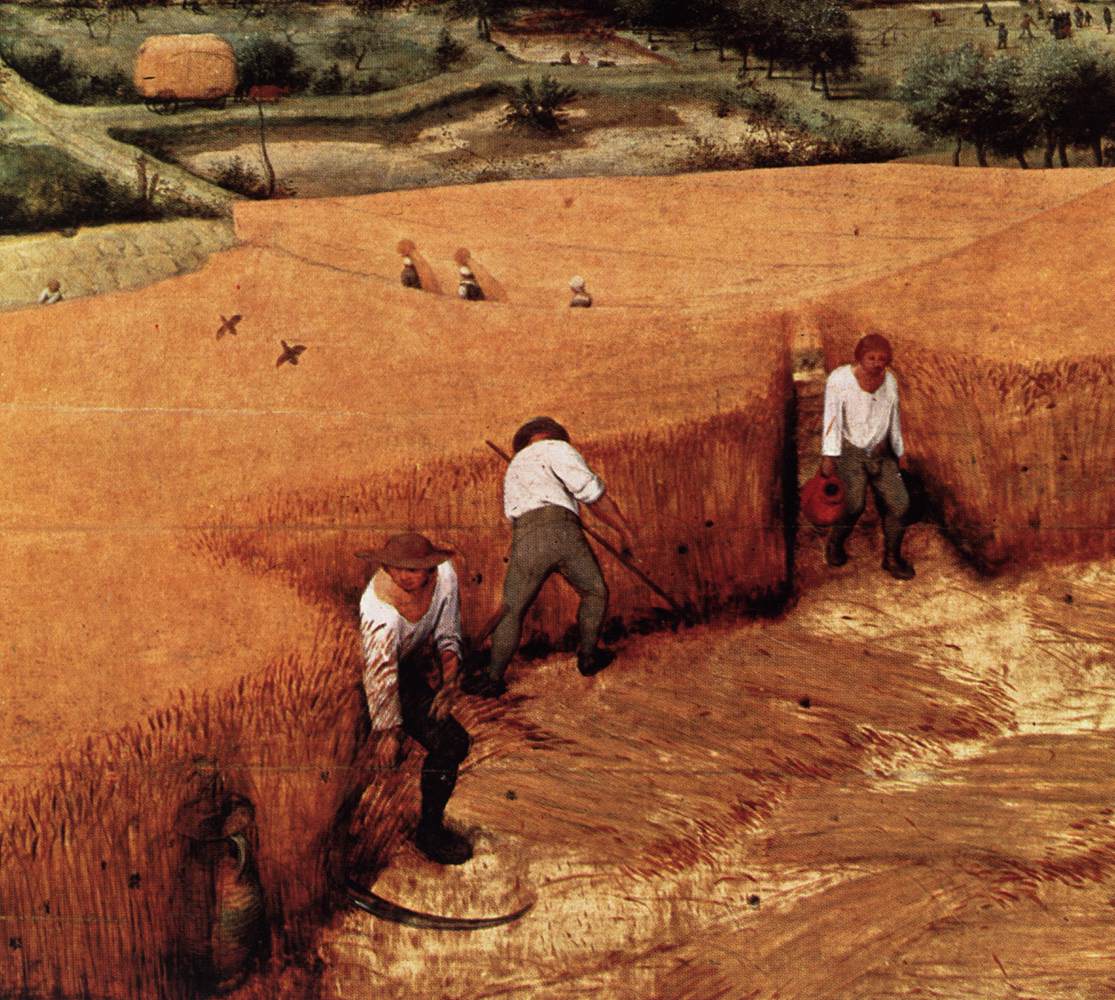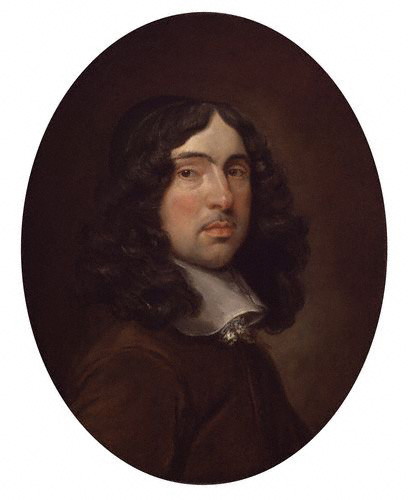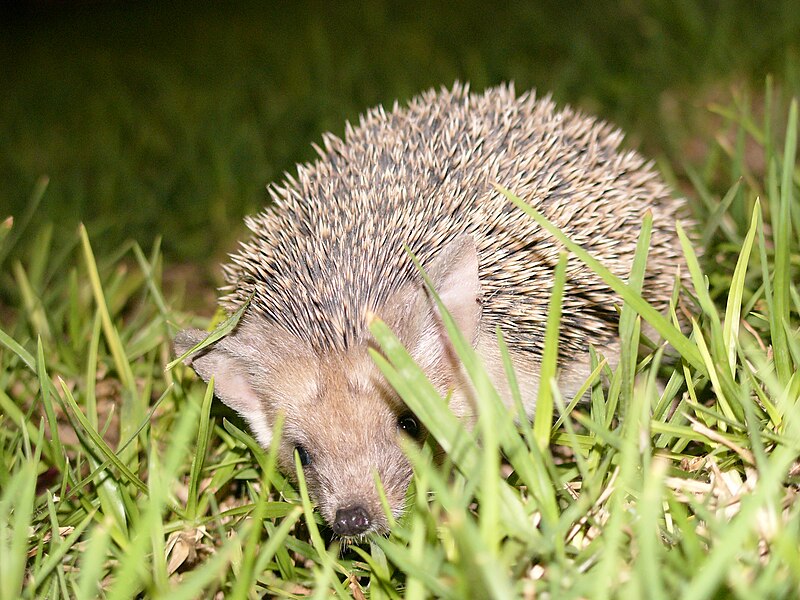.
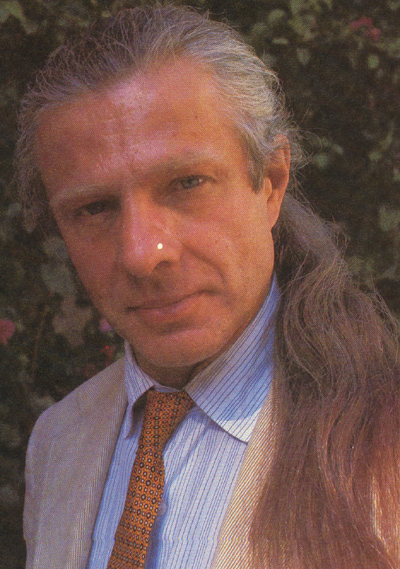
"Before the mirror I look like a sahara desert gost""The light in me sees the light in you"

Snail Poem
Make my grave shape of heart so like a flower be free aired & handsome felt,
Grave root pillow, tung up from grave & wigle at blown up clowd.
Ear turnes close to underlayer of green felt moss & sound of rain dribble thru this layer down to the roots that will tickle my ear.
Hay grave, my toes need cutting so file away in sound curve or
Garbage grave, way above my head, blood will soon trickle in my ear -- no choise but the grave, so cat & sheep are daisey turned.
Train will tug my grave, my breath hueing gentil vapor between weel & track.
So kitten string & ball, jumpe over this mound so gently & cutely
So my toe can curl & become a snail & go curiousely on its way.
1958 NYC
“The Shelleyan farmer astride his Pegasusian tractor” as Gregory Corso once knighted him passed on today, May 30 2010 to the elysian fields, a bardo of becoming. First glance hour earlier Peter was resting with “trach” in throat in orange sheets at the kind Vt Respite Center in Williston, Vermont (but no extra tubes/ heroic measures for this advanced cancer on his lung!), a copy of the Songs of Saraha by his pillow, photo of beloved Allen Ginsberg companion of many years on the wall, other Buddhist images, iPod of music he loved including chants by Buddhist nuns, cards from friends and out the window a bird feeder with finch and red-winged blackbirds landing/taking off. Chuck and Judith Lief, faithful guardians and friends at his side. He had been moved less than 48 hours earlier from intensive care at a hospital in Boston, finally to hospice. His body we were touching we noticed suddenly turned cold like death was in the room. We got the nurse. Judy and I stepped out when suddenly Chuck called us back. Peter had opened his eyes. Chuck said “It might be the last time”. By his side now, looking into his eyes told out love, I thanked him for his presence in our lives, his poetry his care and love for Allen, his work at Naropa. Ah, I thought a flash of recognition shivering through! slight movement of mouth, light coming in on his handsome face through the window now, and Judy singing om a hum vajra guua padma siddhi hum in crystal voice said “don’t be afraid”. Joined in. Last breaths, one coming late, staggered: his heart/breath stopt. Poet Christina Lovin in room with nurse gave gentle witness who checked the clock 11:39 I think or so a.m. Earlier we’d played recording of Peter singing his Raspberry Song with great heart-soaring yodel and “how sweet you are”. “Make my grave shape of heart so like a flower be free aired and handsome felt” (“The Snail”). Tibetan Book of the Dead readings, in full final repose arranged with blue shirt, hands folded, consciousness a joyful gardener sprite? no fear, no fear working its way out…
Anne Waldman 5.30.2010
Vt Study Center
Biographical note: Peter Orlovsky
"My biography was born July 1933. Grew up with dirty feet & giggles. Cant stand dust so pick my nose. Trouble in school: always thinking dreaming sad mistry problems. Quit high school in middle of last term & got lost working in Mental hospital old man's bed slopy ward. Love pretzles & cant remember dreams anymore. Will somebody please buy me mountain with a cave up there. I dont speack any more. Wanted to be a farmer went to high school for that & worked hard, hard, I tell you, very hard, you'd be amazed. Did weight lifting with bus stops. Got to enjoy burnt bacon with mothers help. Stare at my feet to much & need to undue paroniac suden clowds. Enjoy mopping floors, cleaning up cat vommit. Enjoy swinning underwater. I want the moon for fun. Getting to enjoy blank mind state, especially in tub. This summer got to like flies tickleing nose & face. I demand piss be sold on the market, it would help people to get to know eachother. I.Q. 90 in school, now specialized I.Q. is thousands."

In our presence Peter was never anything but gentle, sweet and kind. A lovely and wise person, with as it sometimes seemed a vulnerability as of someone at intermittent distance of abstracted remove from this world (I believe I envied him that) yet always in the same moment very much right here, with the dirt of the earth on his bare feet whenever possible. And indeed he was tougher than the rest. All through one icy Colorado winter, I would bump into him in the street, with snow on the pavement, in light clothing, never any shoes. Nature boy. Because he often was outshone in the domestic constellation it was sometimes thought by the imperceptive that he wasn't there. I was never tempted to think that, in fact the reverse. An intense unthreatening presence. Hey, where's Peter? Banging pans around in the kitchen, a dissonant music when necessary to keep the celestial mechanics in order. Peter, genius loci. In fact because of the feeling, probably errant as the deepest truths of human relations are (no doubt for good reason) hidden from understanding, that he was a kind of appointed protector for the poet friend, I suppose I was in the habit of thinking of him as a bit of an angel (though the last time I saw him was in a tipi, of all places). Angels of course are our superiors. Namaste, Peter.
Tom Clark 5.30.2010
The poet Jayadeva bows to Vishnu: artist unknown, 1730 A.D. (Government Museum and Art Gallery, Chandigarh)
"Before the mirror...": from Second Poem: Peter Orlovsky, in Clean Asshole Poems & Smiling Vegetable Songs, 1978
Allen Ginsberg and Peter Orlovsky, Frankfurt airport, 1978: photo by Ludwig Urning, 1978
Snail Poem: Peter Orlovsky, from Clean Asshole Poems & Smiling Vegetable Songs, 1978
Grapevine snail (Helix pomatia): photo by Jürgen Schoner, 23 May 2005
The Death of Peter Orlovsky: Anne Waldman e-mail to TC, 30 May, 2010
Moche land snails (Scutalus sp.), 200 A.D.: Larco Museum Collection, Lima, Peru
Biographical Note: Peter Orlovsky: from The New American Poetry, 1960
Peter Orlovsky (1933-2010): photographer unknown, n.d., via Brian Nation
I Took a Heavenly Ride Through Our Silence: photo by Lucy in the Sky, 2010


